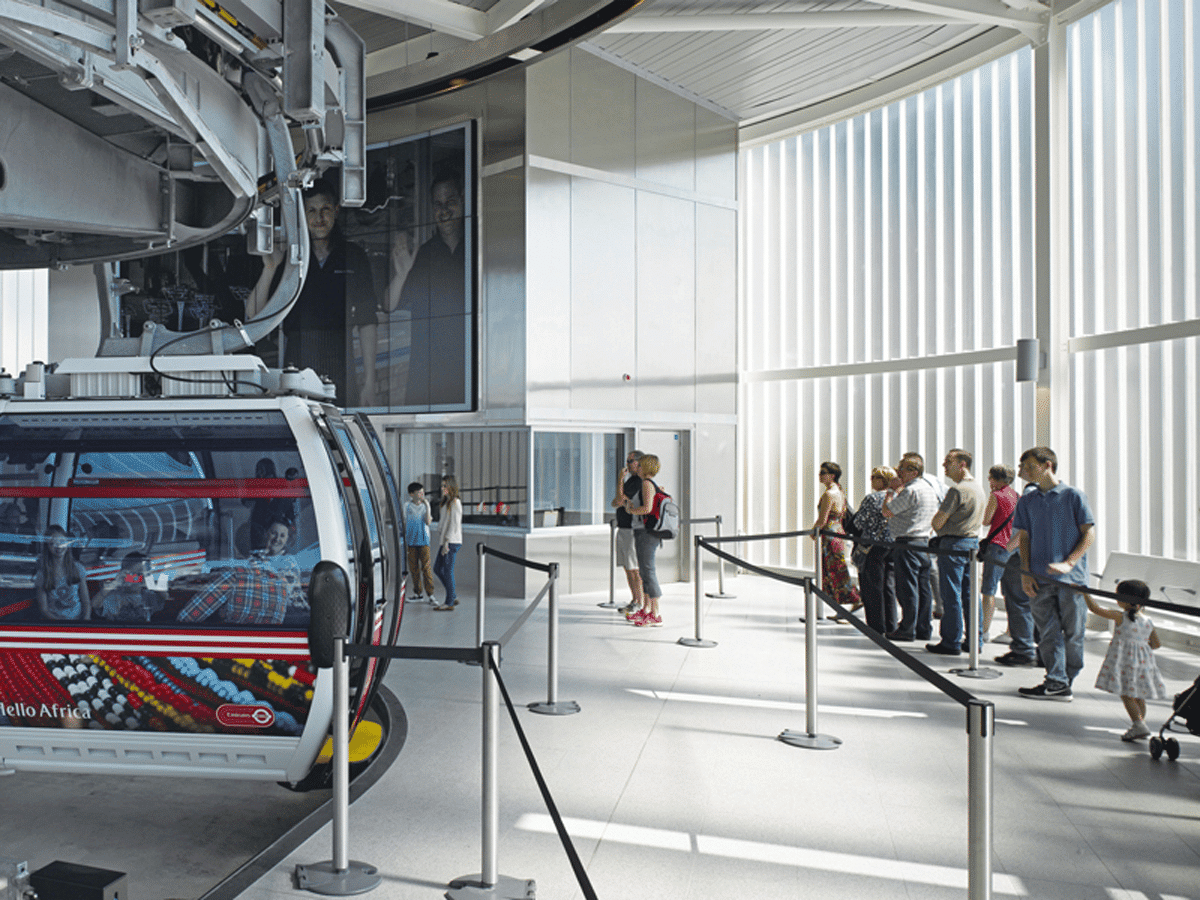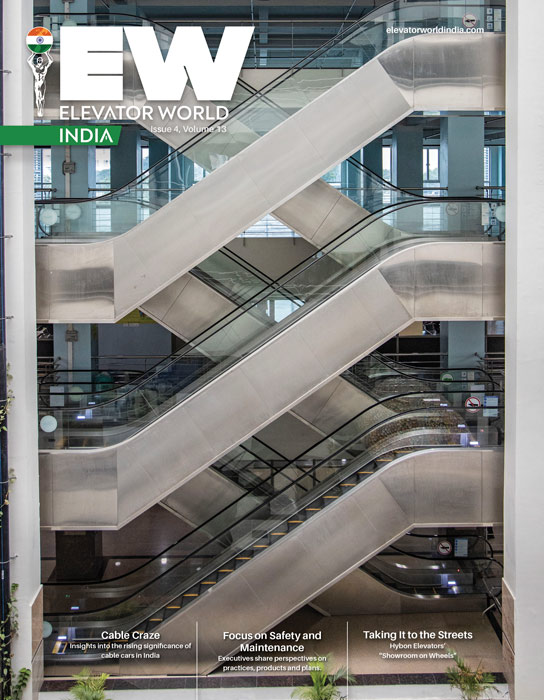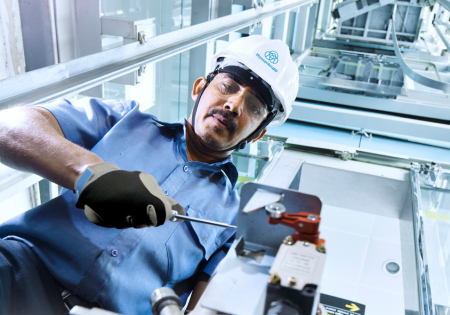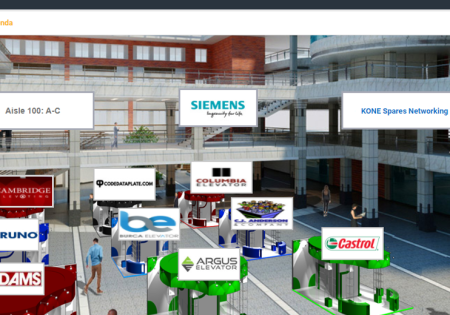Managing Director and CEO, Doppelmayr India Pvt. Ltd. Vikram Singhal (VS) shares insights with your author (SSP) on the rising significance of cable cars as a form of VT in India.

Cableways as an efficient mode of vertical transportation (VT) are nonpolluting and have minimum ground footprint. They are considered the lowest on capital and operating and maintaining costs, and the safest mode of public transportation. They provide an ideal solution for congestion and commuting means in Tier-2 cities and last-mile connectivity for metros. Doppelmayr India Pvt. Ltd. is a wholly owned subsidiary of the 127-year-old Doppelmayr Group of Austria, one of the largest manufacturers of cableway systems for tourism and urban mass transportation in the world.
SSP: How have cable cars evolved as a sustainable form of VT?
VS: For a long time, the images of cable-propelled systems were exclusively associated with ski resorts of Europe or with religious and tourist centers of India. However, cable cars have seen increased usage in the urban environment in recent times. The Portland Aerial Tram in the U.S.; Metrocable de Caracas in Venezuela; Mi Teleferico in La Paz, Bolivia; and Emirates Air Line in London are some of the examples wherein this technology has been successfully adapted for public use in cities.
SSP: What is the scope for cable cars in the Indian scenario?
VS: India is the sixth-largest country in the world in terms of total area and second-largest in the world in terms of population. Due to its rapid recent urbanization, the cities have become highly congested, and pollution levels have increased. The prevailing situation in the urban areas of India desperately needs an alternative, cost-effective, eco-friendly, affordable, safe, reliable and lasting means of public transportation. Cable-car technology can fit these requirements. These systems can be used as comprehensive mass-transportation systems in Tier-2 and -3 cities. In metropolises, they can also act as a feeder to mass transit and provide last-mile connectivity to the metro/subway systems.
About 20% of India’s geography consists of hilly and mountainous terrain. These areas largely remain disconnected from the main cities not only due to their inaccessible terrain, but also because of their lack of all-weather infrastructure and tough climatic conditions. These areas also consist of the country’s major tourist destinations. Due to the lack of proper parking facilities and narrow roads in these areas, coupled with increased tourist traffic of recent years, there has been a negative impact on the ecology of these regions. Cable cars can play a prominent role in these areas by providing direct access to the hilly areas, reducing congestion in the existing tourist hotspots and creating new tourist centers by providing year-round connectivity.
SSP: What are the advantages a cable-car system provides over other mass transit/vertical systems?
VS: With their unique advantage of having long spans between towers, cable cars can also cross gorges, valleys, lakes and rivers. This makes them a prime mode of transportation when connecting islands, beaches and lands on the opposite sides of lakes and rivers. Other advantages are:
- Lower capital-expenditure and operating-expense costs
- Lower space requirements; i.e., ground footprints
- Shorter construction and installation periods
- Flexibility to support incremental scalability
- All-weather operation
- Safety
- The least waiting times/headways
- A great view
- User friendliness for the disabled and elderly
- High reliability
- Ability to handle steep slopes
- Environmental sustainability
- Stations can be designed to suit the urban fabric of the city.
SSP: Which are the key aspects of a cable-car network?
VS: The effectiveness of a standalone ropeway network is due to its radial (weblike) model as compared to other surface-based systems, which have more of a linear design. The ropeway network spreads throughout a city and connects important locations like commercial, industrial and residential areas. Ropeways are an ideal means of transport where the average trip length is up to 8 km for a single line.
SSP: How can one assess the quality standards of cable cars?
VS: Components of a cable-car system are designed per the globally accepted European Committee for Standardization standards. Every component goes through various checks to ensure high system availability and reliability. Due to its inherent advantages of lower footprint, as compared to other means of transportation, the cable-car system can be easily integrated into the existing city transportation network.
SSP: What is the track record of Doppelmayr, and how has the company developed?
VS: Doppelmayr is in the business of aerial and track-based cableway technology. It is present in 95 countries and has installed more than 15,100 systems worldwide with a dominating global market share exceeding 65%. We have the requisite experience and have found solutions to the most demanding terrains worldwide. Apart from having several hundred patents to our name, we also hold Guinness World Records in the ropeway industry. We also have several references in ropeways for urban mass transportation for last-mile connectivity and standalone systems. A case in point is the Urban Ropeway Network in La Paz, Bolivia, the largest in the world, capable of carrying more than 62,000 persons per hour.
Our systems are best suited for urban transportation, pilgrimage/tourist systems, adventure transportation and material transportation. Doppelmayr’s systems can be broadly classified into top-supported (where the cabin is suspended on a cable[s]) and bottom-supported systems (where the coach runs on a track supported by guideway and pillars).
Top-supported systems (aerial ropeways) include detachable monocable gondola, detachable tricable gondola, aerial tramways and ski lifts. These systems are suitable both for transportation in hilly terrains and cities. Bottom-supported systems include the funicular and the cable liner (automated people mover [APM]). APMs are particularly well-suited to applications in cities; airports; exhibition and conference centers; large industrial and administrative complexes; and as feeder systems for adventure centers, stadiums and theme parks.
In addition to aligning ourselves with project developers from the concept stage, we also provide complete technical support and training to our customers, from concept to commissioning to operation and maintenance of the system. Our technical team facilitates and guides architects, structural engineers, project consultants and other vendors by providing technical support to them throughout the project to ensure smooth working throughout the project lifecycle.
SSP: Which key projects are executed in India by Doppelmayr?
VS:A couple are:
- Vaishno Devi Ropeway (Bhairo Temple): commissioned in December 2018, two cabins (45 passengers each), jig-back aerial tramway, 600 m long
- Girnar Hills Ropeway: completion expected by December 2020, 34 cabins (eight passengers each), detachable monocable, 2.3 km long
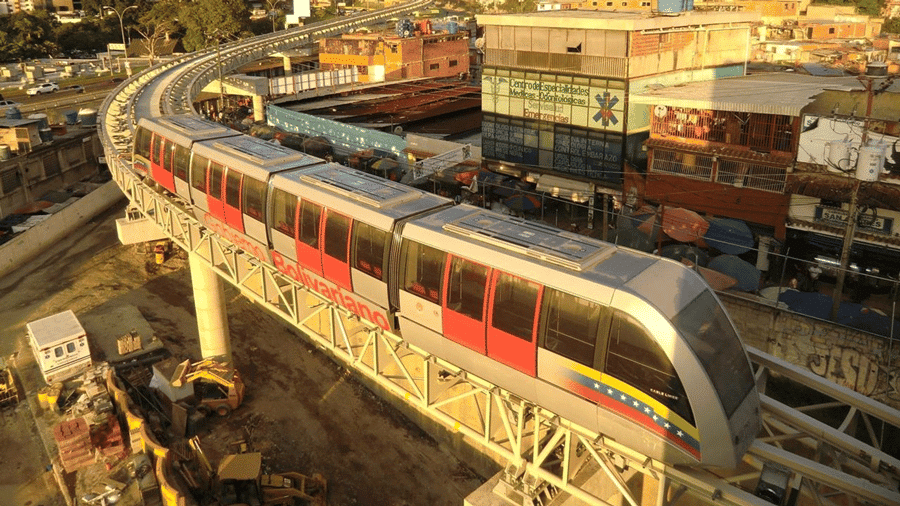
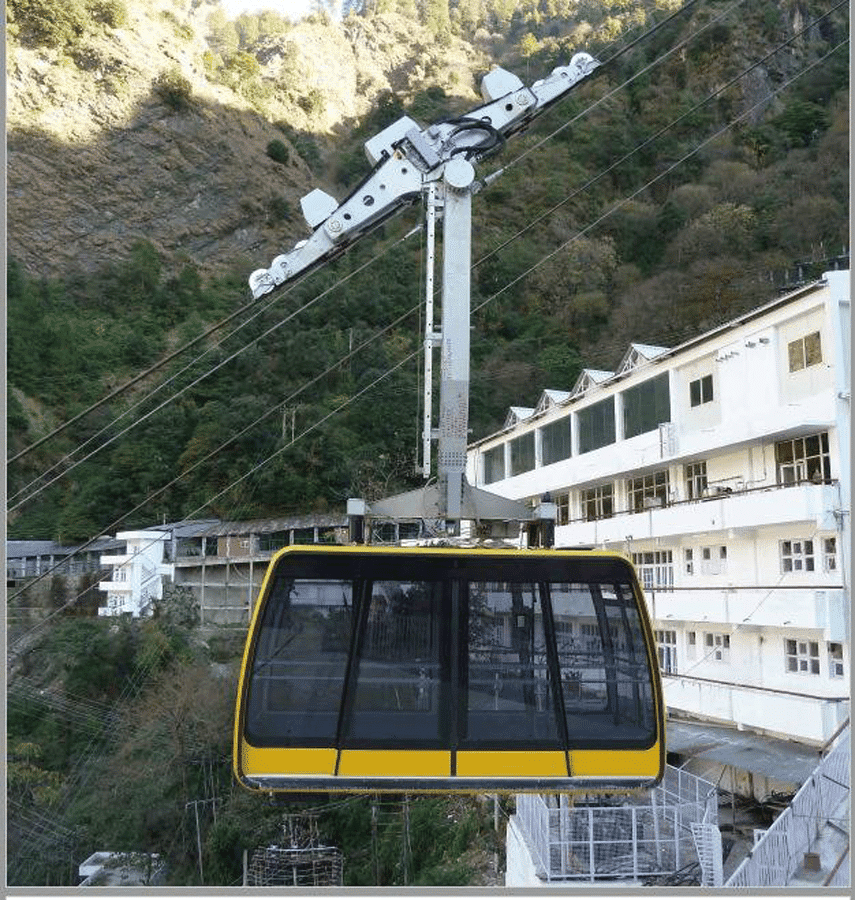
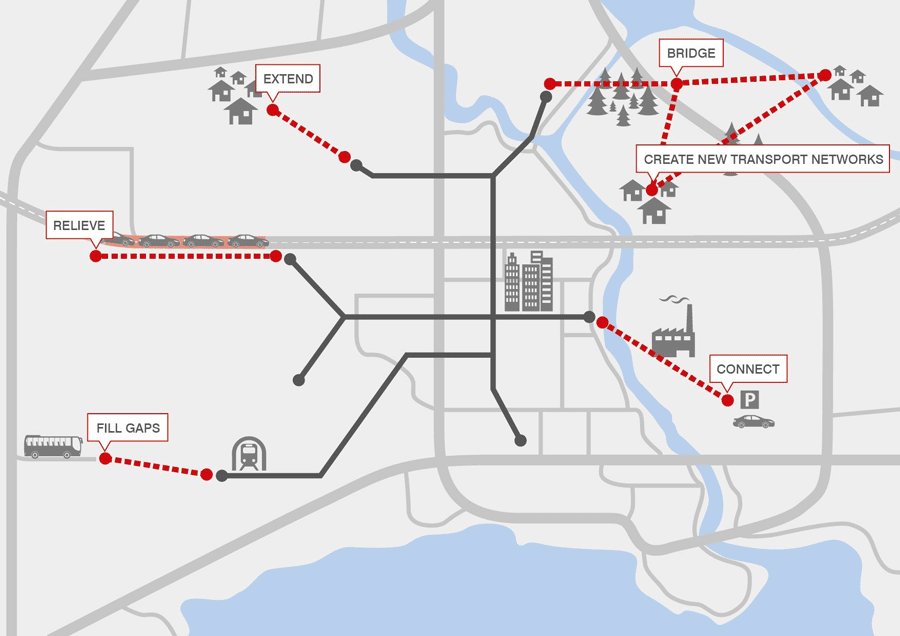
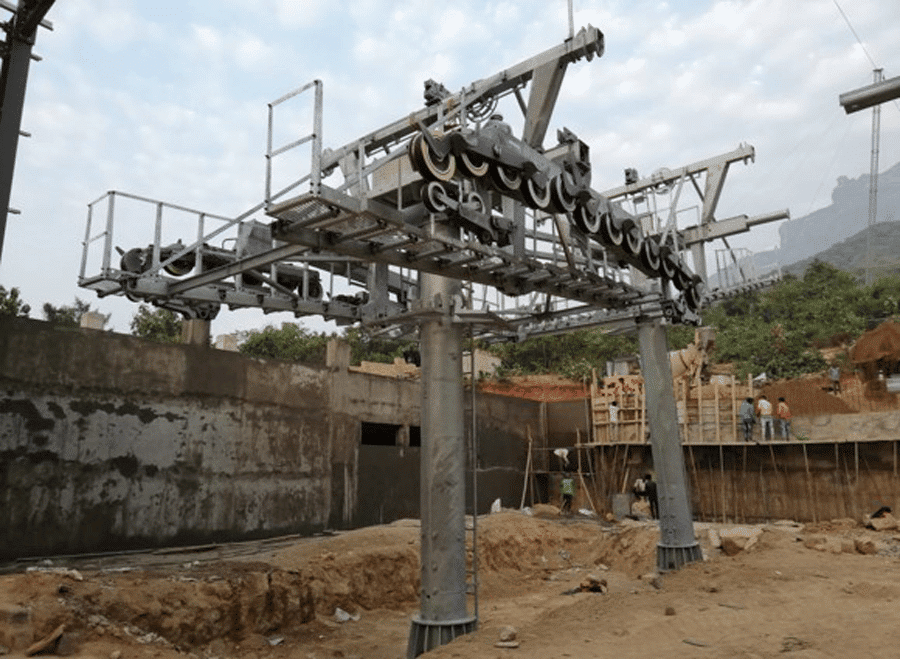
Get more of Elevator World. Sign up for our free e-newsletter.
